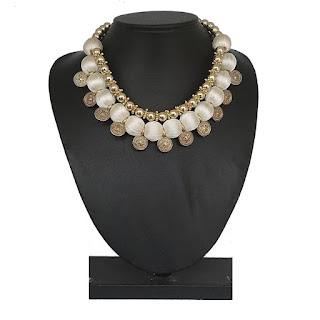Sarees have been a part of the Indian culture and a staple in the women's closet since time immemorial. With time innumerable saree trend has seen the ebb and flow. However, there are only a few kinds of saree that have remained close to women's hearts since its emergence. Among those saree falls, the Bandhani saree has remained close to the hearts of women since its emergence.
Bandhani saree emerged in Gujrat, and soon the technique was adopted by Rajasthani people to make bandhani sarees. However, there is a significant difference between the two. While the Gujrati sarees are known as Bandhani sarees. Rajasthani sarees made from tie and dye techniques are better known as leheriyas.
The roots of bandhani go back about five thousand years in history — a time when human beings were learning new skills to make their lives easier. Bandhani sarees are beautiful that are made using the tie and dye technique. To create a bandhani saree, first, a plain cloth is taken, and then it is tied in spots using a special technique. The artisans keep special importance that all the spots on the saree are tied in an equal way. So, that one pattern does not differ from another pattern or is not bigger than the other.
The Making of Bandhani Sarees
After the tying is done, the sare is dipped into a tub of color for dying. The artisans keep the saree immersed for a while so that all parts are colored. After a certain duration, the saree is taken ut of tum and dried in the sun. Once the saree is completely dry, the artisans open the ties to reveal a beautiful dye that reaches the fabric.
If you think that all bandhani saree are dual-chromed, then you are in for a surprise. When women were kind of bored with white bandhani prints, the market saw a demand for colorful prints. Hence, the artisans got into the practice of coloring the fabric first, then trying the knots before they immerse the saree in the dye again.
With these techniques, the artisans achieved a saree that has a colored pattern instead of plain white. They then started to experiment with the dying pattern. Today, a bandhani saree can be as many as three times dyed and tied before being folded and sent into the market again. Bandhani is a handloom saree. It takes special skill and time to make one of these. It takes the artisans weeks to make a bandhani saree. Hence it is priced a bit higher.
Several Designs of Bandhani Sarees
When bandhani sarees originated, it was a plain ensemble with a beautiful pattern. However, women in India, especially in Gujrat, wanted to give a more traditional look and feel. Hence today, you will get bandhani saree with mirror works on them. It essentially reflects the Gujrati and Rajasthani culture. Also, in many states, women love weavings of zari on the bandhani saree. So, the zari border and pallu are not an uncommon variant.
Colors of Bandhani Sarees
India is the land of colors. We believe in unity in diversity. Hence there is no lack of colors in the gamut of the bandhani sarees. However, if we have to count the most favorite colors that women love wearing daily? Best reflects the Indian culture, then it will have to be fuchsia, red, yellow, and green — however, other colors like blue, purple and maroon are there too. However, Indian women consider the black color inauspicious. Even though a black bandhani saree looks terrific, but women do not prefer to wear it to auspicious occasions like marriages.







